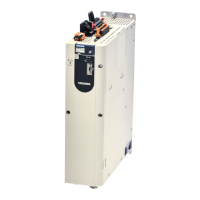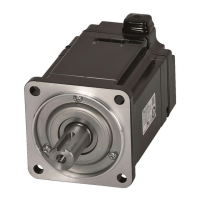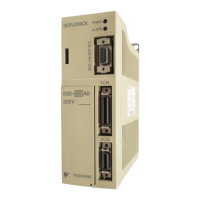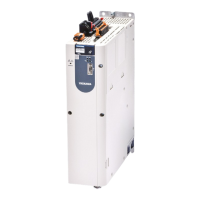6.1 I/O Signal Allocations
6.1.1 Input Signal Allocations
6-4
6.1
I/O Signal Allocations
Functions are allocated to the pins on the I/O signal connector (CN1) in advance. You can
change the allocations and the polarity for some of the connector pins. Function allocations
and polarity settings are made with parameters.
This section describes the I/O signal allocations.
6.1.1
Input Signal Allocations
The input signals that you can allocate to the pins on the I/O signal connector (CN1) and the
related parameters are given in the following table.
• If you change the default polarity settings for the P-OT (Forward Drive Prohibit) or N-OT
(Reverse Drive Prohibit) signal, the overtravel function will not operate if there are signal line dis-
connections or other problems. If you must change the polarity of one of these signals, verify
operation and make sure that no safety problems will exist.
• If you allocate two or more signals to the same input circuit, a logical OR of the inputs will be
used and all of the allocated signals will operate accordingly. This may result in unexpected
operation.
Input Signal Input Signal Name Parameter
P-OT Forward Drive Prohibit Pn50A = n.X
N-OT Reverse Drive Prohibit Pn50B = n.X
/P-CL Forward External Torque Limit Pn50B = n.X
/N-CL Reverse External Torque Limit Pn50B = n.X
/DEC Origin Return Deceleration Switch Input Pn511 = n.X
/EXT1 External Latch Input 1 Pn511 = n.X
/EXT2 External Latch Input 2 Pn511 = n.X
/EXT3 External Latch Input 3 Pn511 = n.X
FSTP Forced Stop Pn516 = n.X

